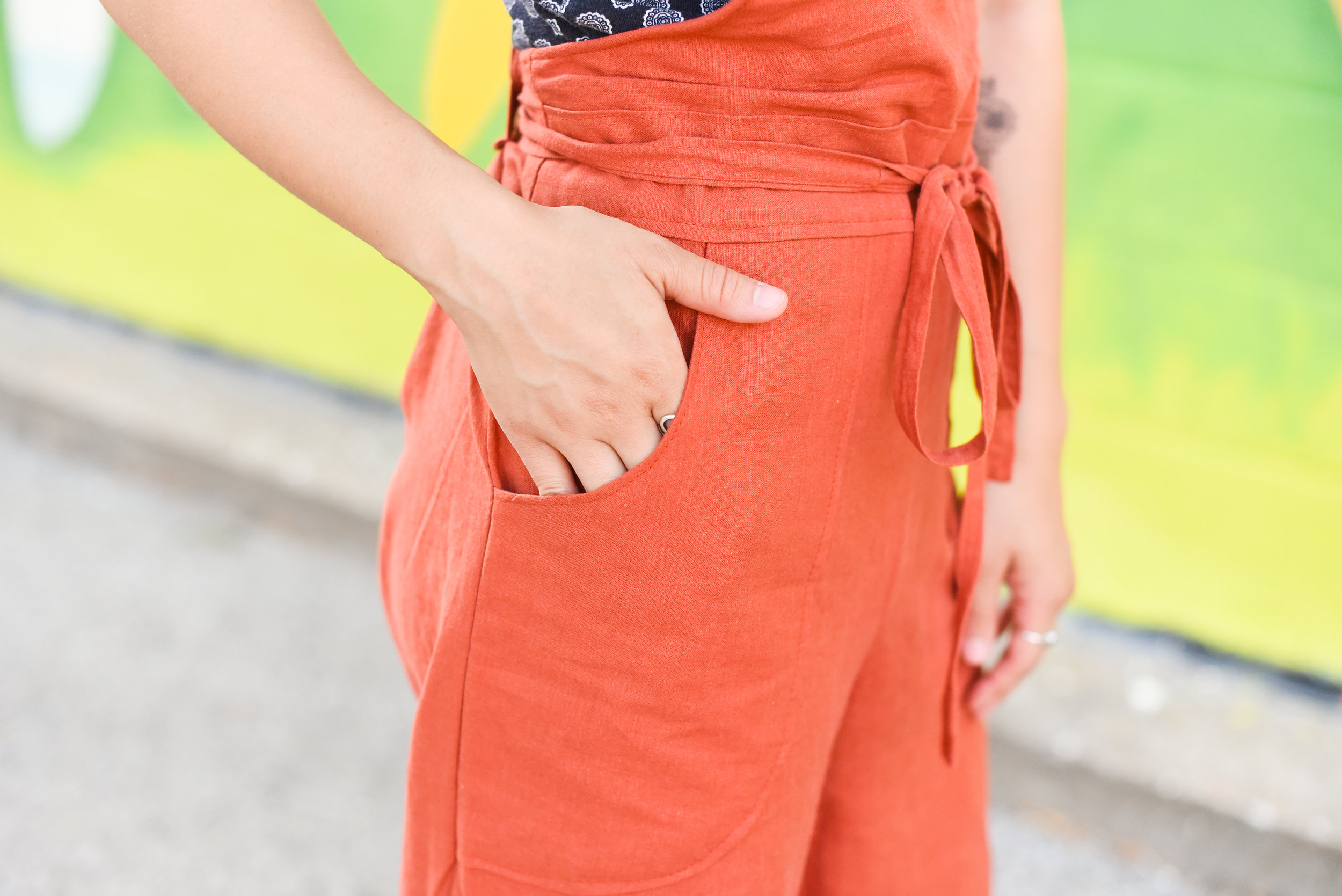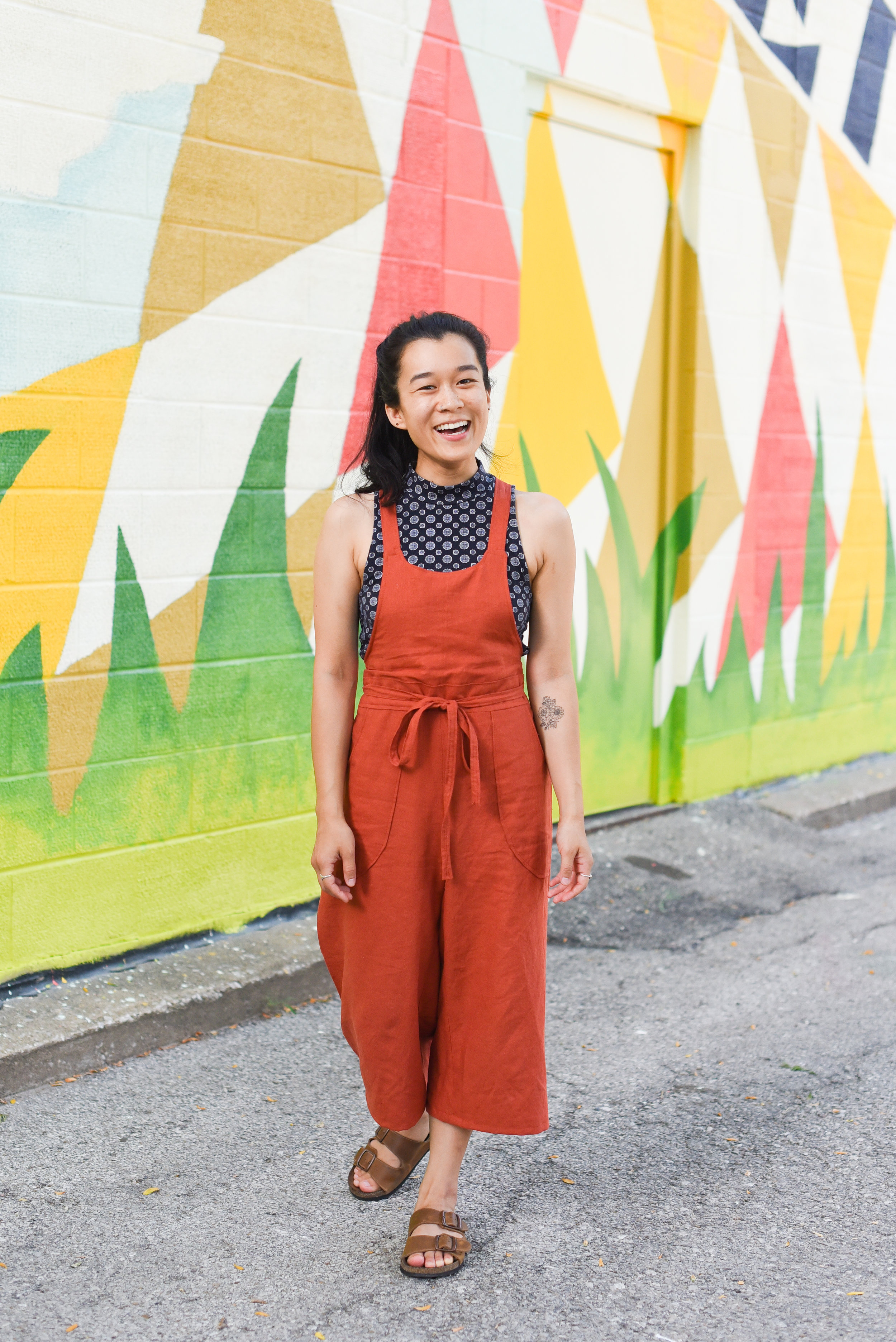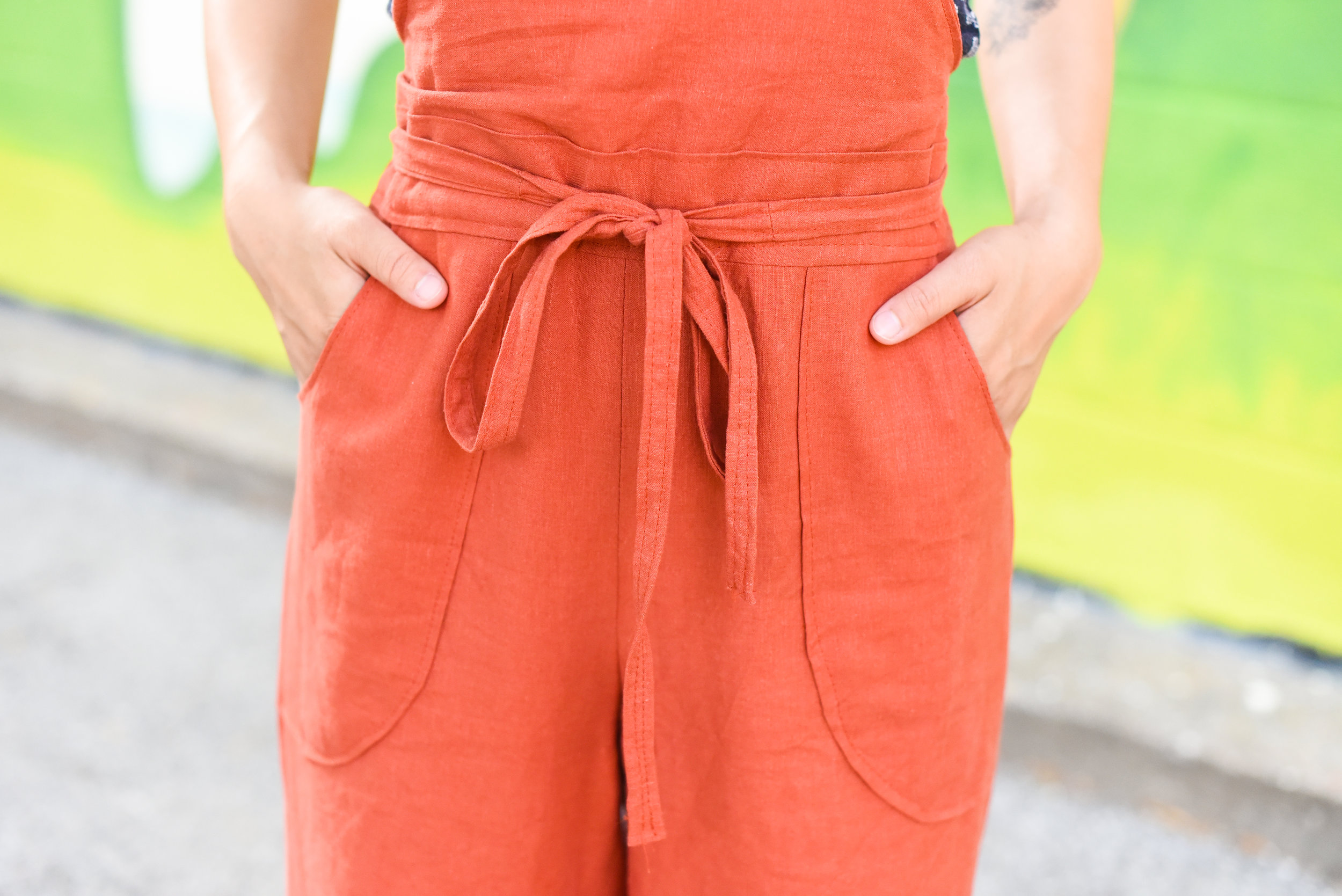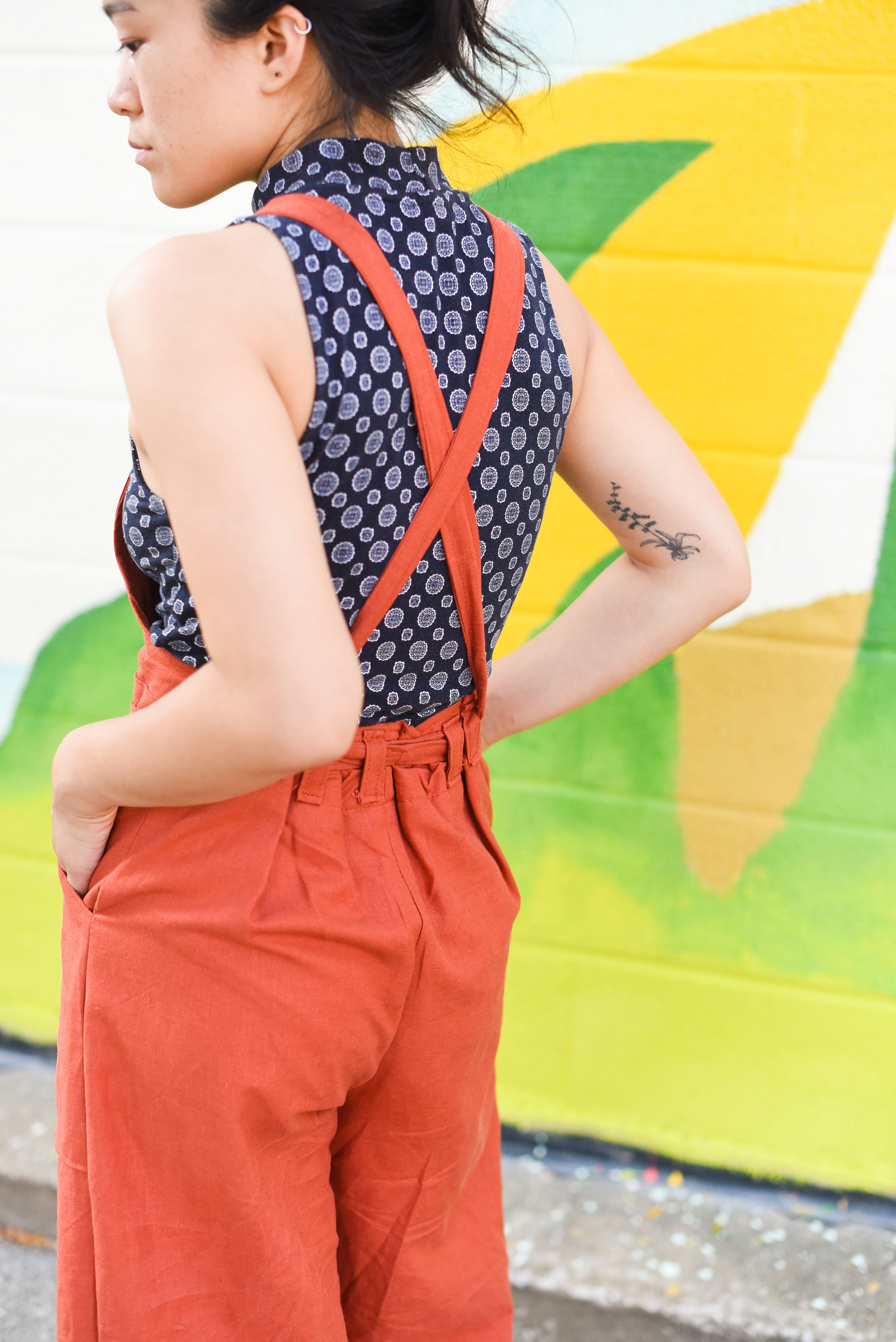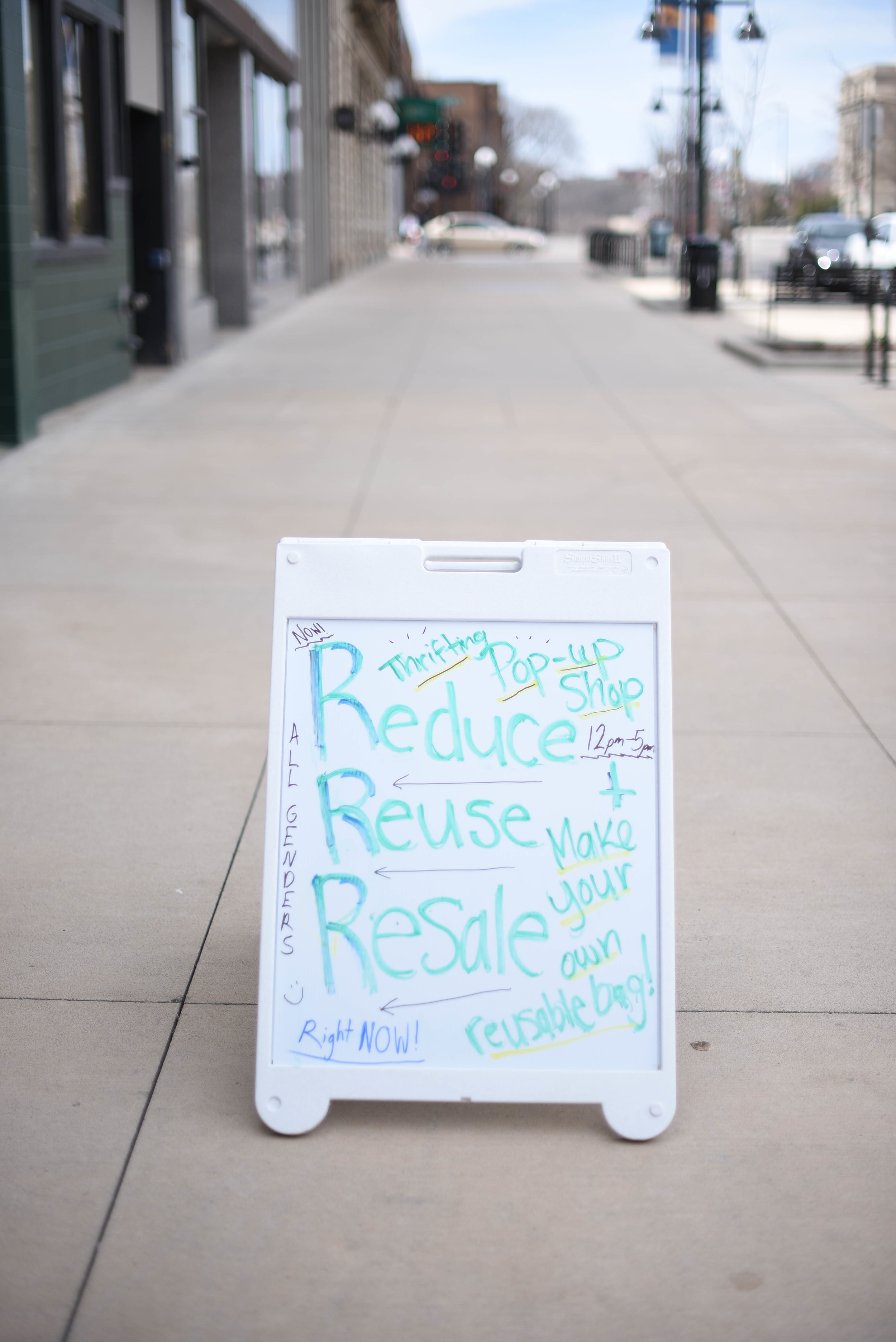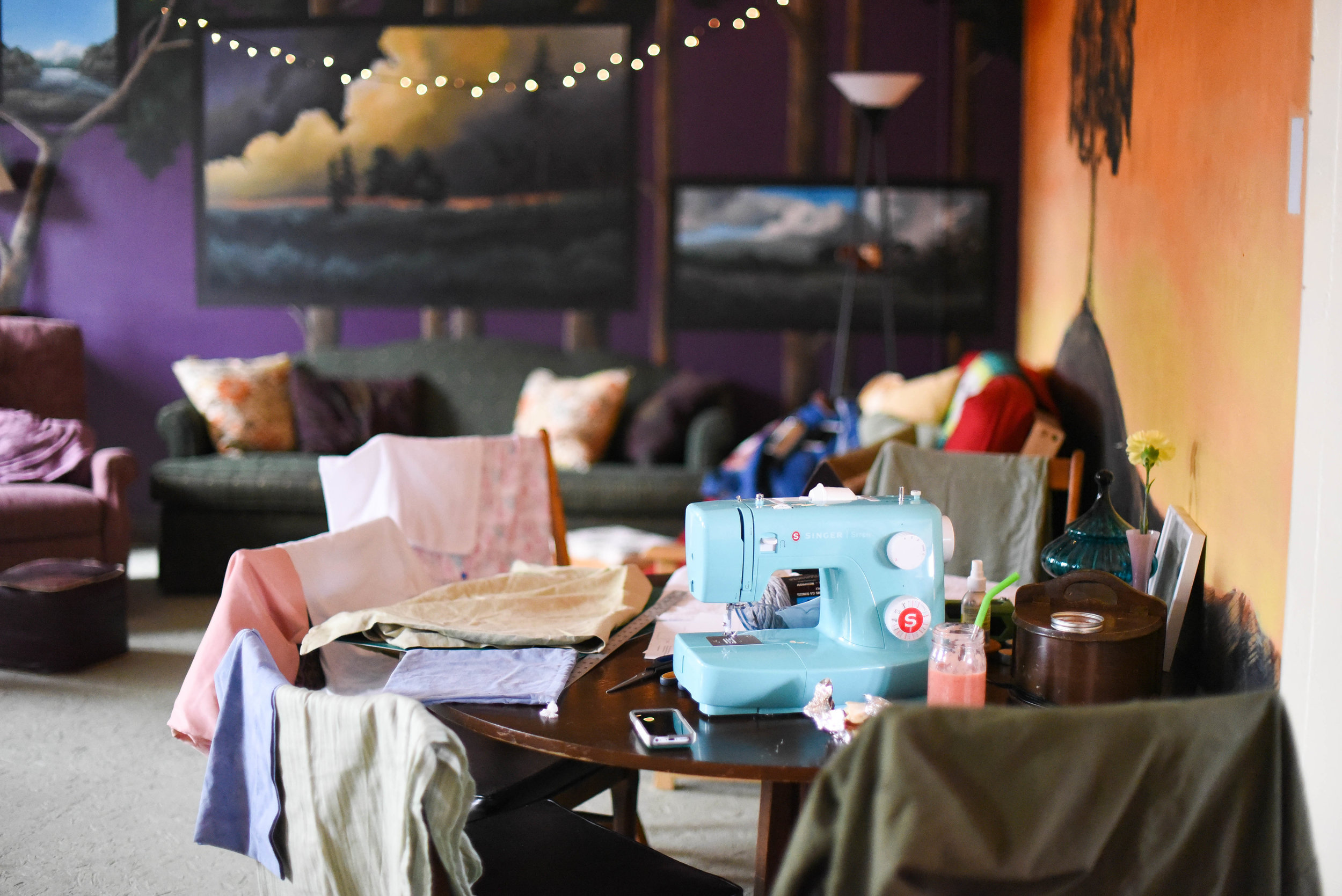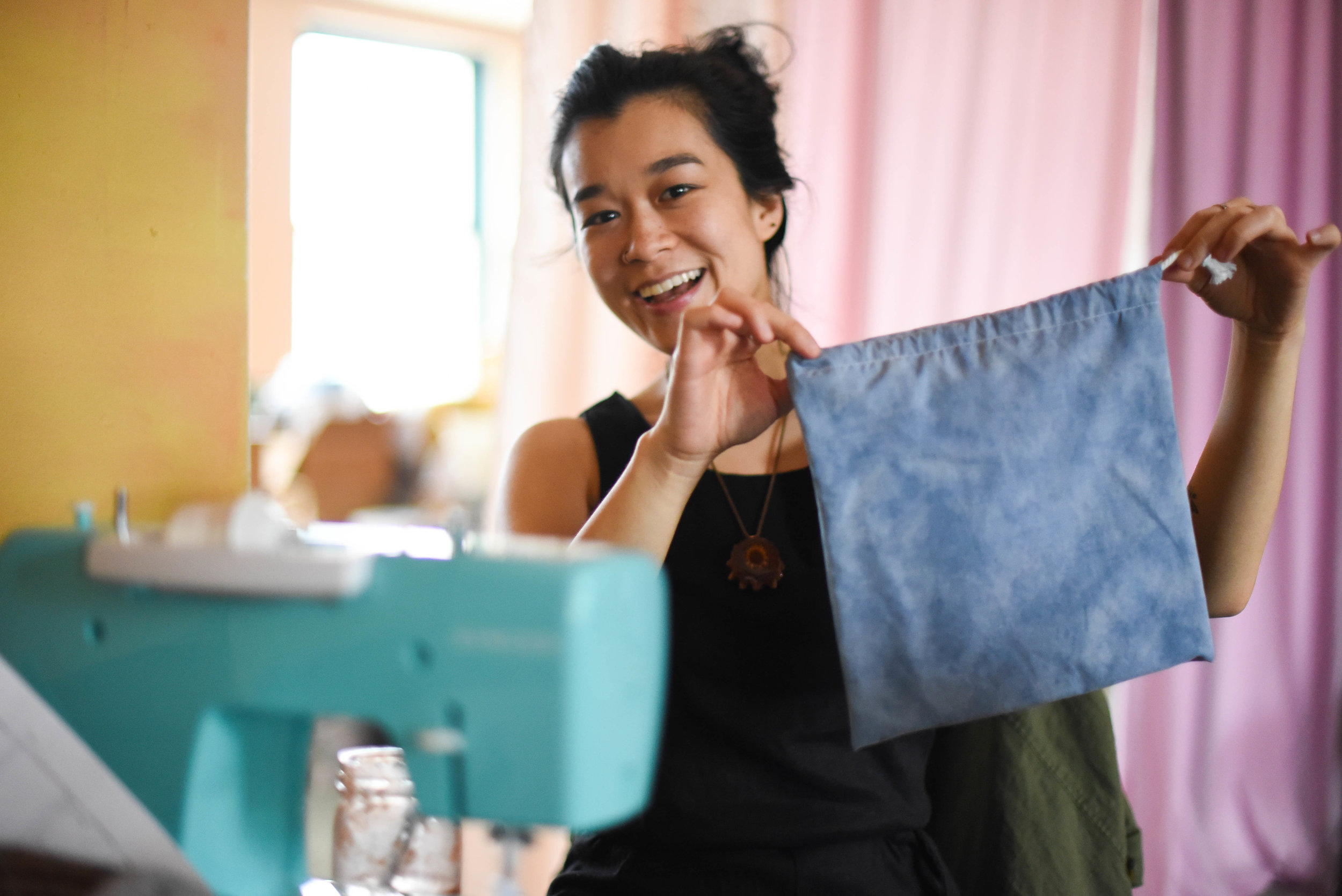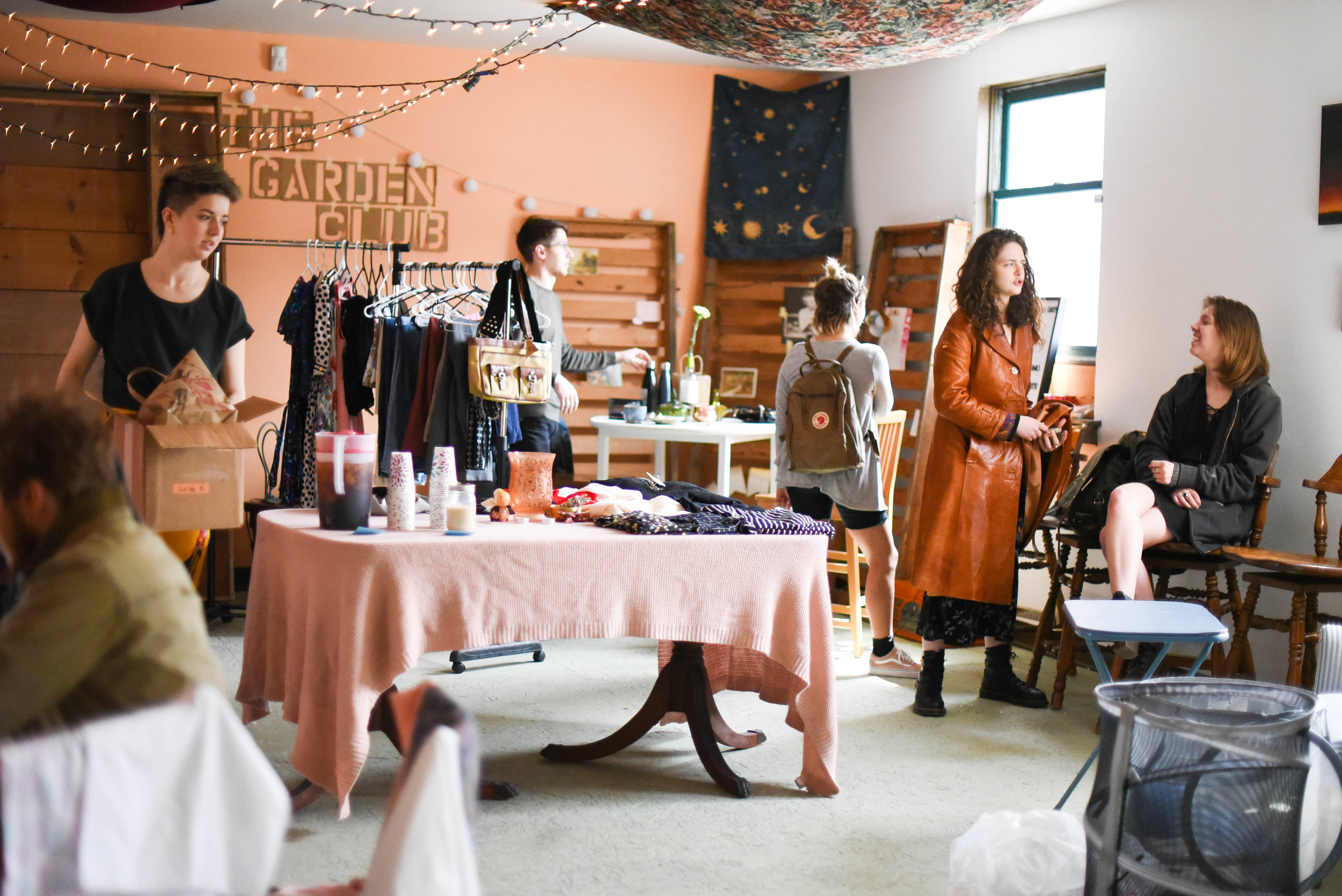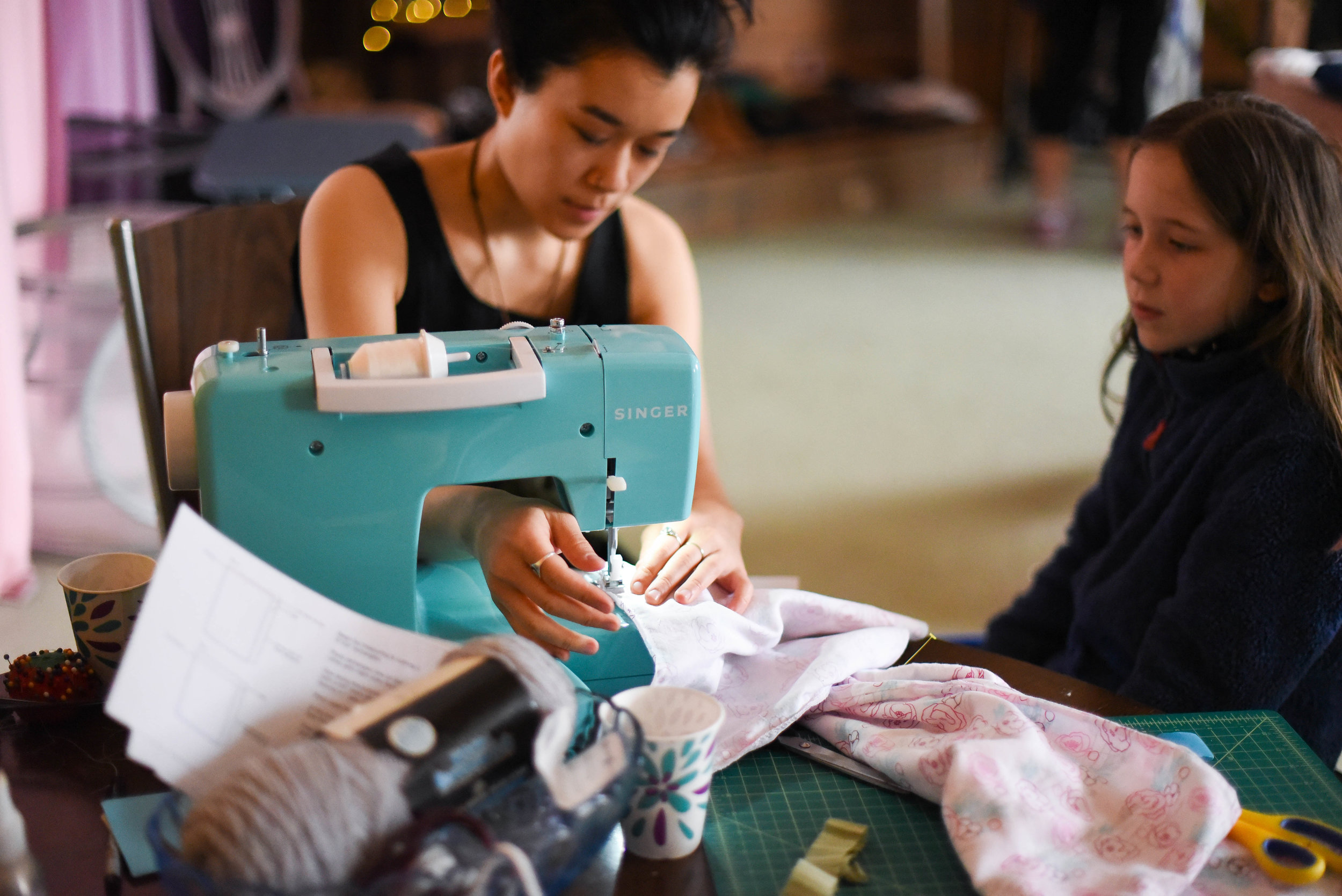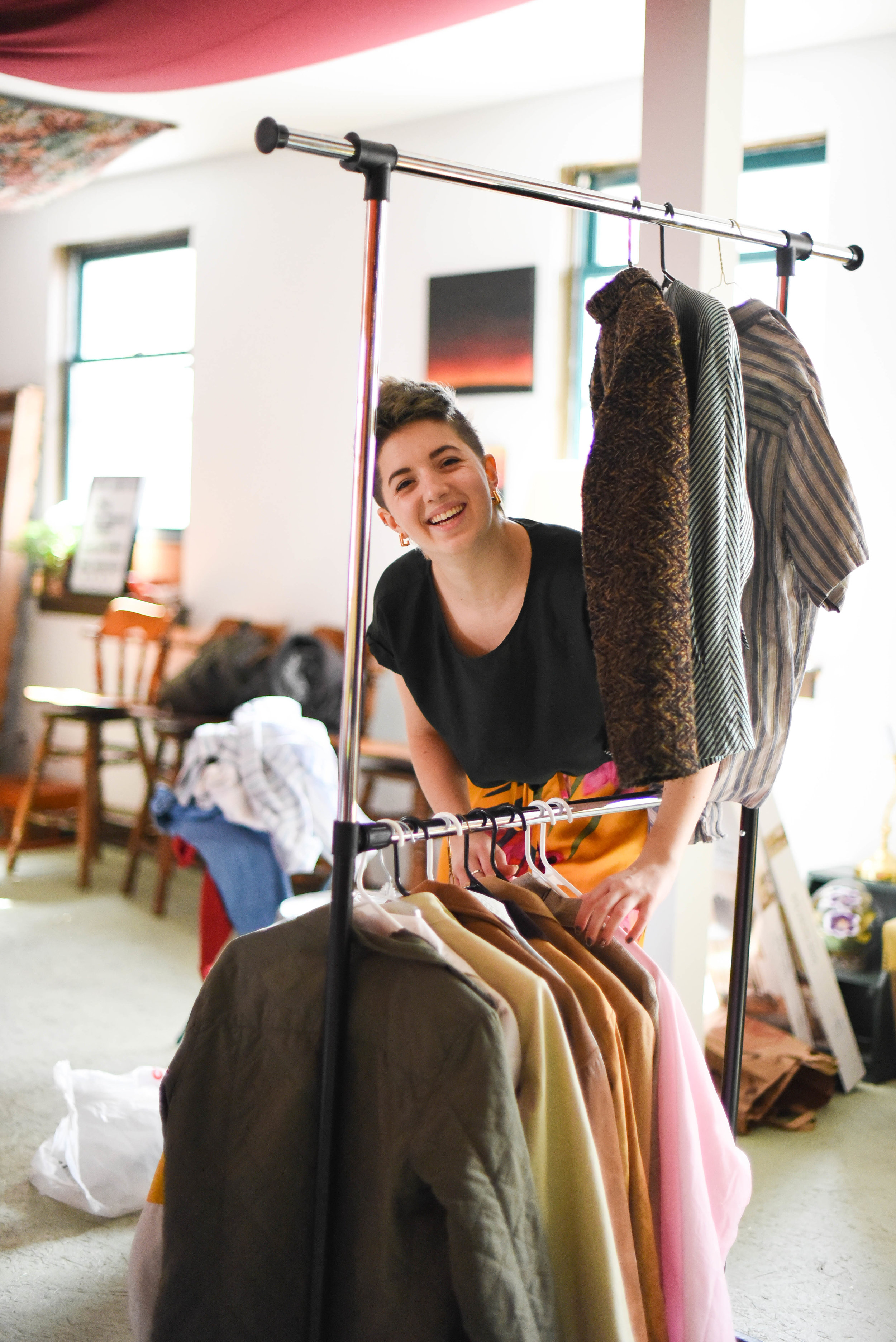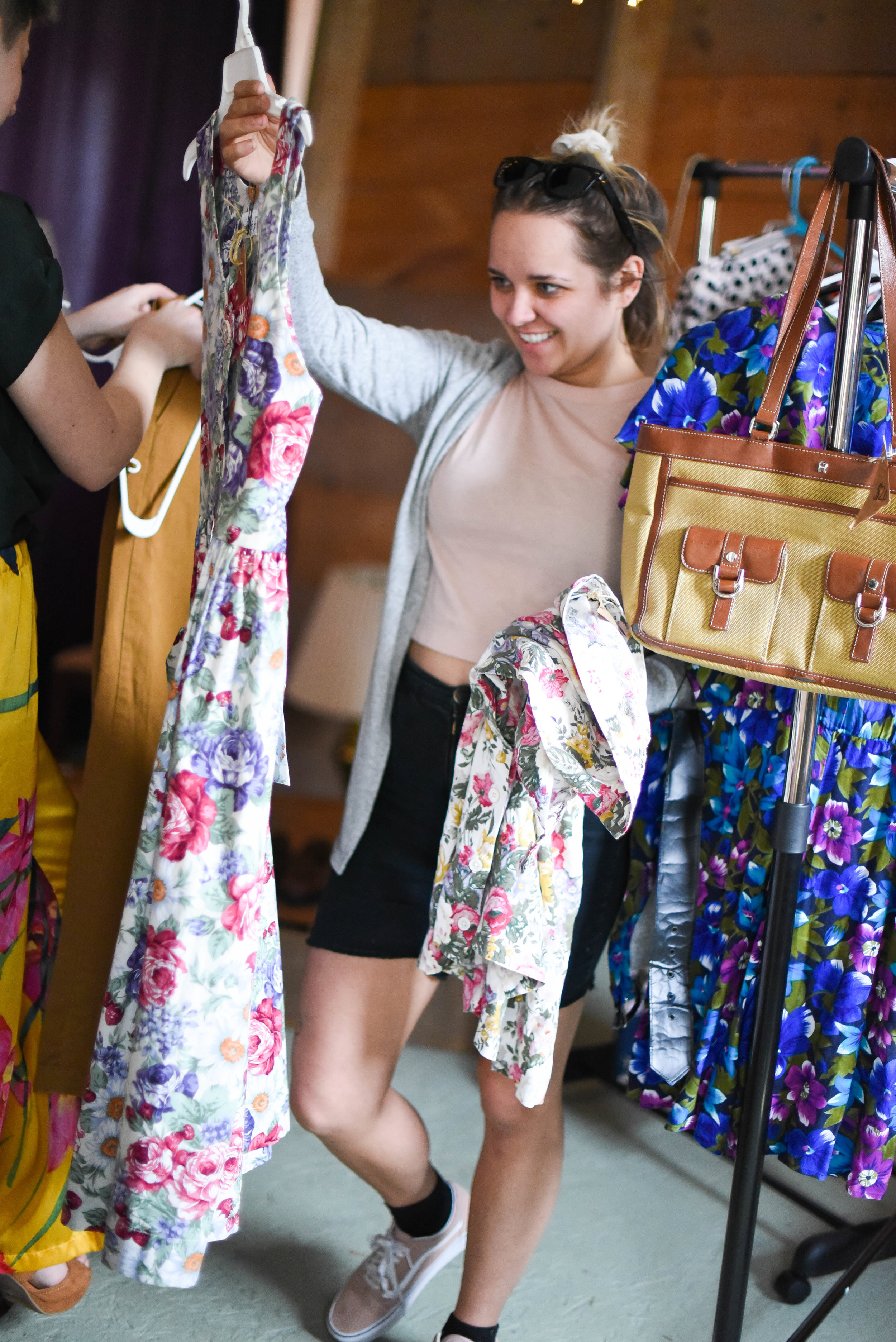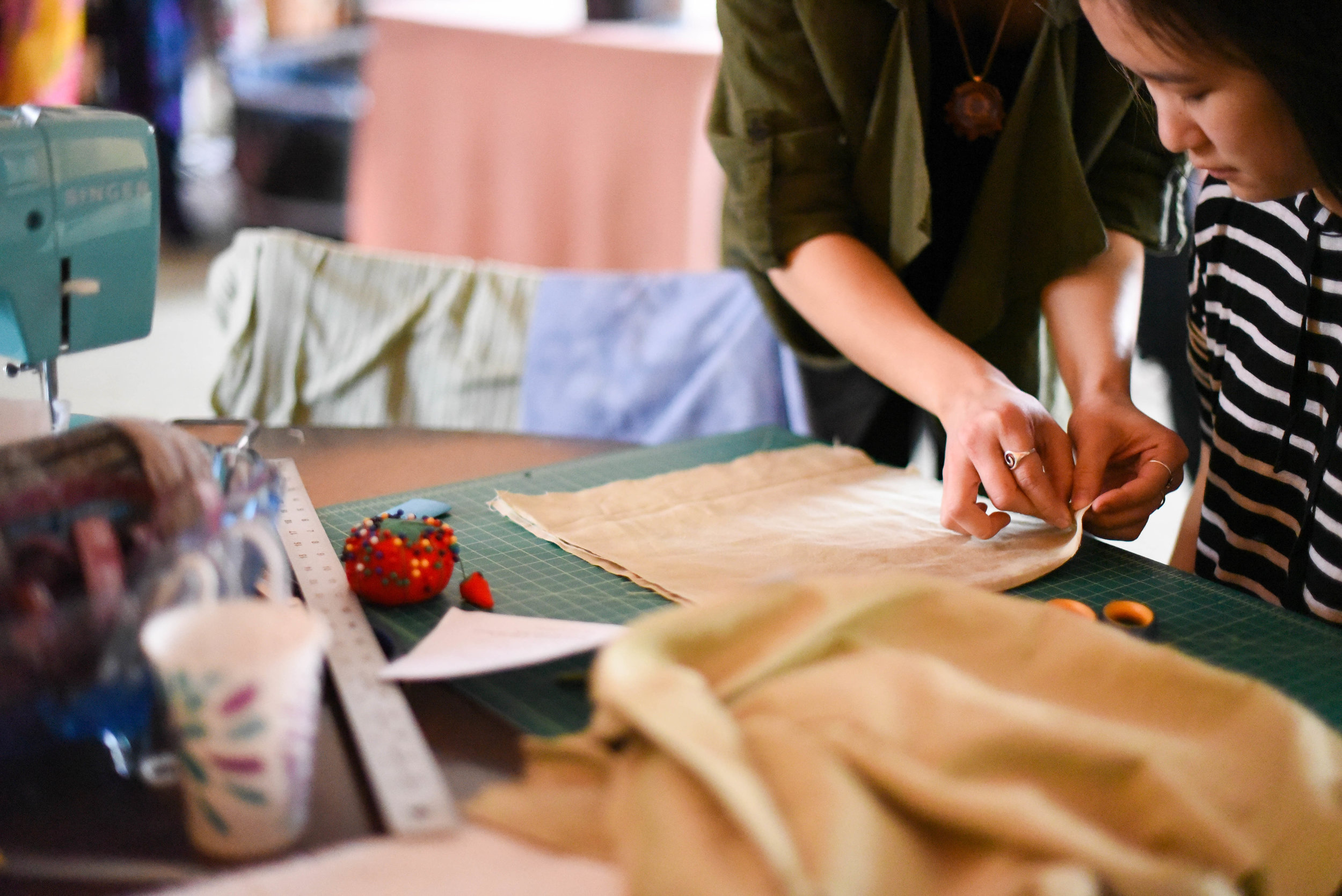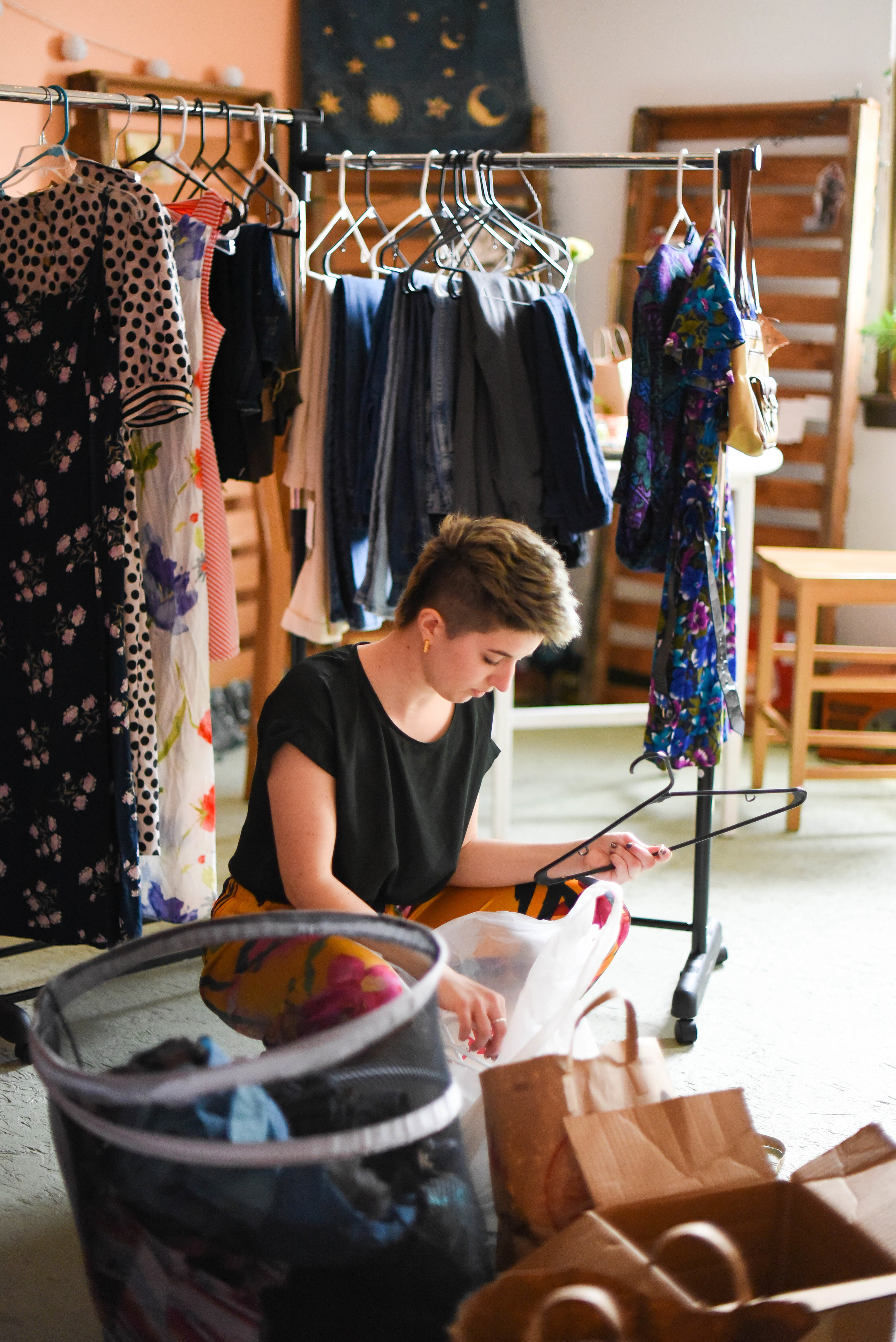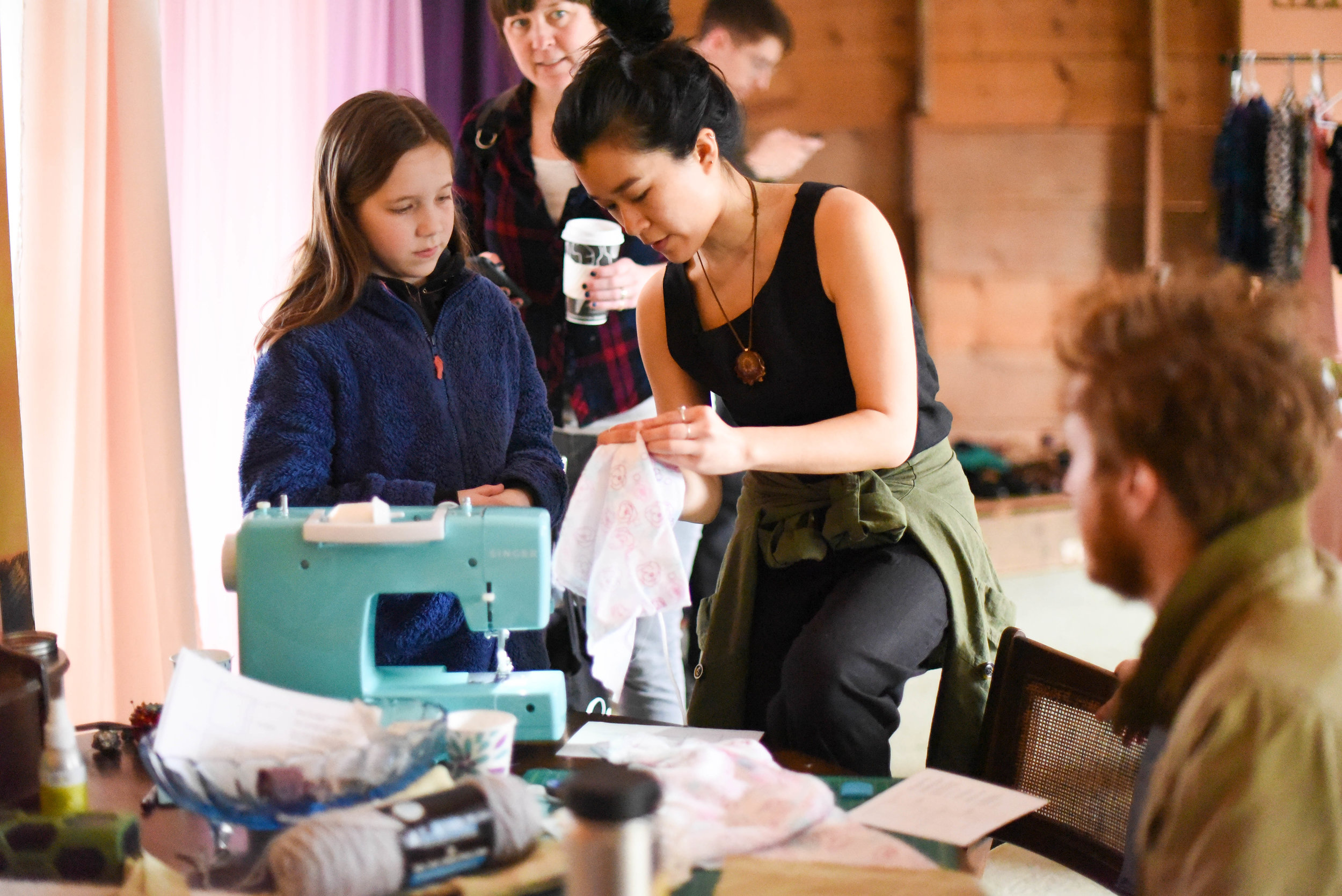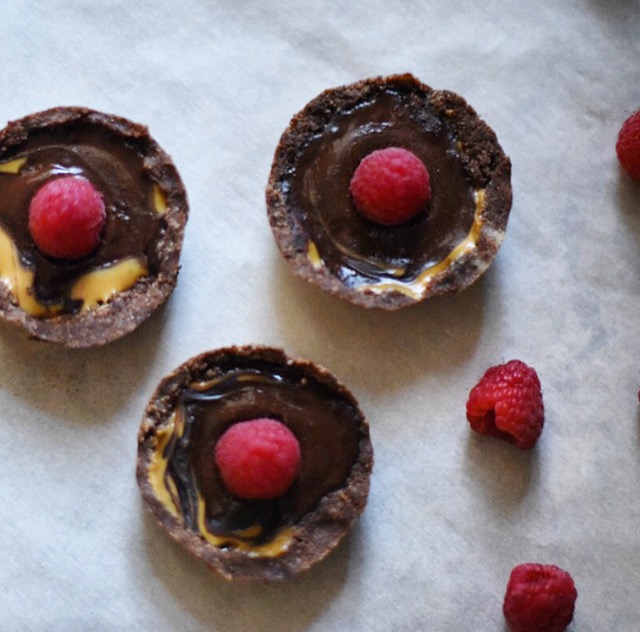Another Millennial Small Shop
/I'm going to ramble here but I want to be real: I am slightly annoyed with myself as a "creative" for giving in. I'm literally scoffing because I've gotten this deep into the commercial art game on a more personal level bc I need the extra cash (graphic designers are commercial artists so I guess I already fell into the trap. Cringy!). How fucking #millennial.
It's an endless introspection for me (I mean, I've shared some of my thoughts on this matter various times in past posts). I want to put shit out into the world but most of the time I feel like I am an ad. I hate promoting myself. I'm already promoting others — it's my job. As a marketer, I'd like to think I do it well...but I don't necessarily like doing it for myself.
What do I do about that? I've had conversations with people about how trivial this worry is. Is social media this important? Probably not. Is what I am making now considered art? I used to make shit that means something. To lose sight of that is really sad to me. But maybe me making things (meaningful or meaningless) is inspiring to others? I guess if I can help conjure those feelings, maybe that's enough?
I'm writing this post because I am about to start selling some stuff I made online. It's a scary next step and I wanted to share my aforementioned concerns. It took a long time for me to actually bring this to fruition. I weighed out the pros and cons a lot. Upon reading and researching, I found out that I have a legacy plan with Squarespace since I launched my website three whole years ago (!!!) so with my current plan, I am able to sell my work on my personal site. This info is basically what helped make my decision to sell online easy. It was already all there for me so I thought I would take advantage of my resources. Plus, I've created and learned many new things this summer so diving into this endeavor only makes sense.
Last week, I made some fun tassel earrings. I can now say they're in my "shop". Weird. I'll be selling other items down the line as well so hop on over, browse around, shop away, & stay tuned! I promise I'll be complaining less in my next posts.
xxo
----------
EDIT: You know what?? As I was leaving this draft, I made a realization. Why am I being so serious? After all, I've been having fun with it. It's a good way to keep myself busy, creating, and learning. It doesn't have to mean anything and it's all good practice. I mean, I had a lot of fun with those photos the morning I took them. It's all part of the process! Have I forgotten? Aren't we all just practicing life?




